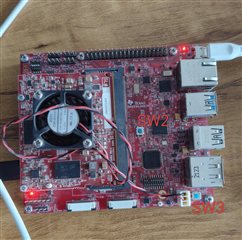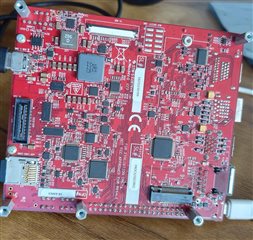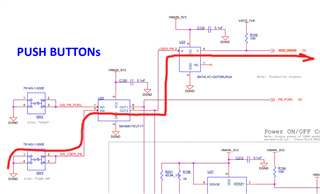Other Parts Discussed in Thread: AM68A, SK-AM68, SYSCONFIG
Tool/software:
Hello TI Team,
I'm working on the AM68A SK board and trying to read the state of the user button SW3, which I believe is mapped to GPIO line 69 on gpiochip3.
I ran the following command:
gpioget -c /dev/gpiochip3 69
The output is always:
"69"=inactive
This result does not change regardless of whether the button is pressed or not.
Questions:
-
Could you confirm if GPIO3_69 is the correct mapping for SW3 (user button)?
-
Is there any configuration needed (e.g. muxing, pinctrl, direction, bias) in Linux or device tree to enable reading the button?
-
Can you provide a method or reference to test SW3 functionality under Linux?
Thanks in advance for your help.








